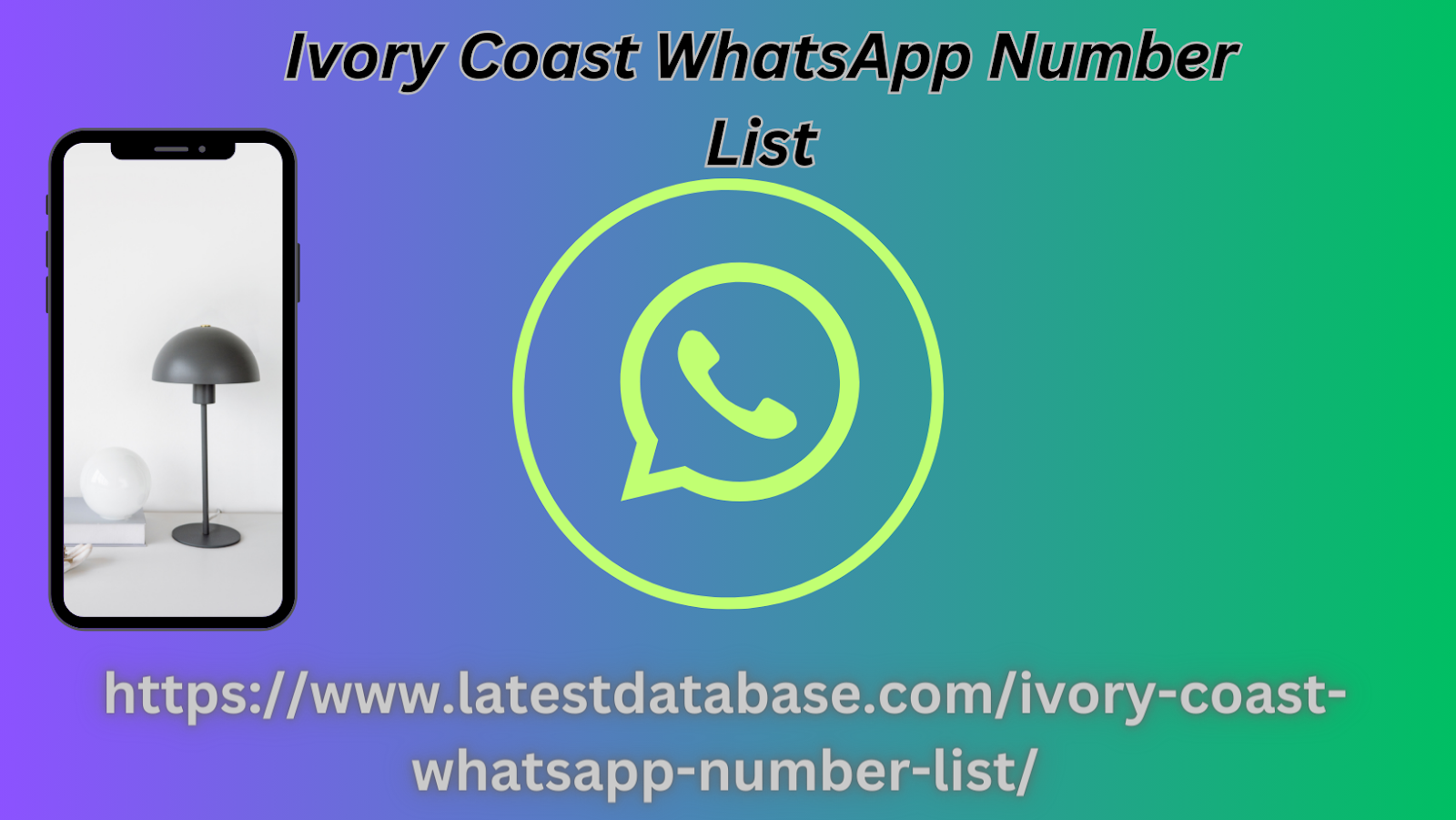|
|
Outbound is fishing with a net; Inbound is attracting the audience with a magnet, and Outbound is using a speaker to capture attention. Getting straight to the point and in an objective way, Outbound marketing is the active prospecting strategy, and Inbound is passive prospecting. While in Inbound you create mechanisms to attract potential customers, in Outbound you identify who has the potential to become a customer and make an approach. When we talk about active prospecting, many people dismiss the idea thinking of telemarketing . If you are one of those people, I want you to know that this is just an example of active prospecting. Other examples:
Posters and banners on websites, radio, TV and even Ivory Coast WhatsApp Number List YouTube ads,! s more present in your routine than you imagine and occupies an important place in company investments, especially Outbound 2.0, which became the main sales strategy in the Silicon Valley. And that's what we're going to talk about now! The fall of traditional Outbound and the rise of Outbound 2.0 That the arrival of the Internet changed the way marketing acts is a fact. With the appearance of search tools like Google, any company that works well on its Search Engine Optimization (SEO or Optimization for Search Mechanisms, in Spanish) achieves a good position in the results and is found by its audience. In addition, it is a much cheaper strategy than investing, for

example, in a television advertisement, and the return is easier to measure, since there are tools such as Google Analytics , which measures the success of these actions. Then, the need also arose to produce quality content, capable of attracting more visitors to the site and, consequently, generating more sales. Thus, content marketing began to be worked on professionally by companies such as Rock Content itself. And, with the adoption of content marketing, startups managed to attract several customers passively. Due to this factor, Outbound marketing c
|
|